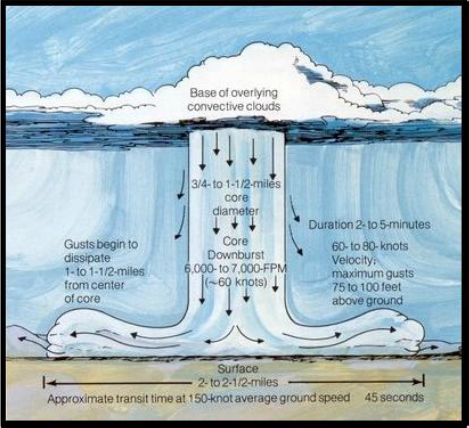AIRAT Exam Feedback
Instrument rating instructor requirements 500 PIC with 100 in applicable group Provide type rating training hours 50 total 10 on type Time between spotting a conflicting traffic and taking evasive action 12.5 seconds Angle of attack and induced drag relationship Low speeds wheelbarrowing, one answer was because CL is behind CG, one is because of […]
AIRAT Exam Feedback Read More »
